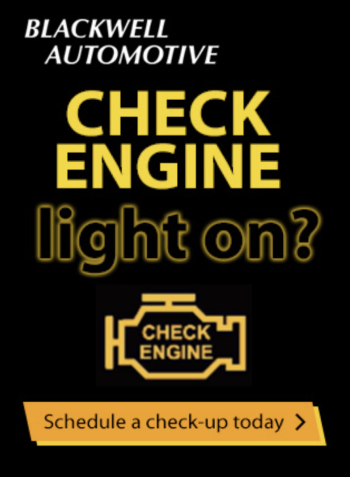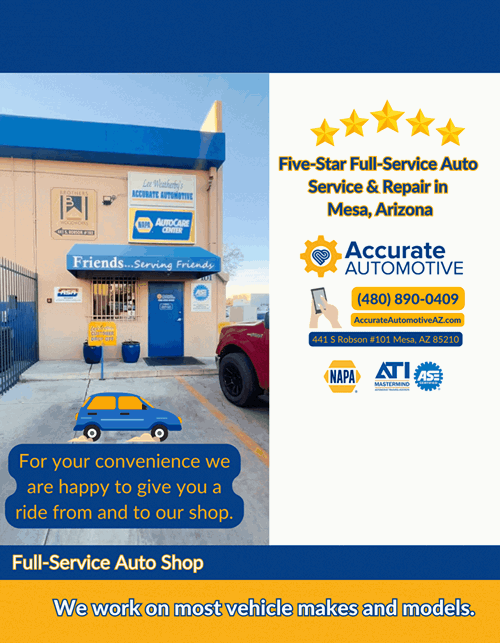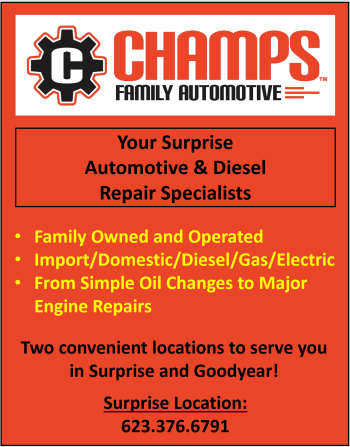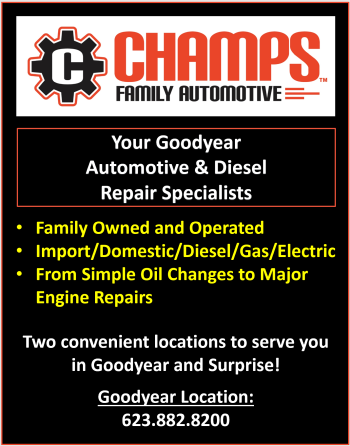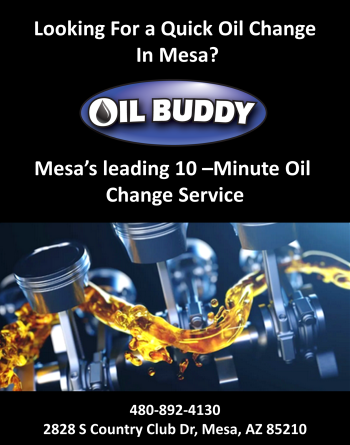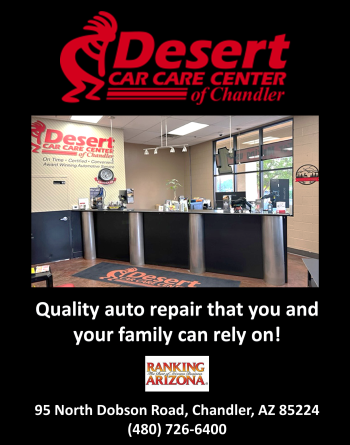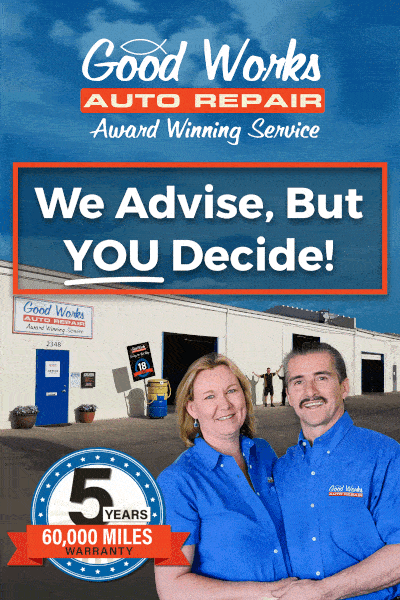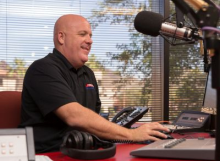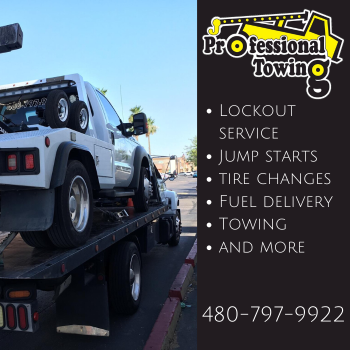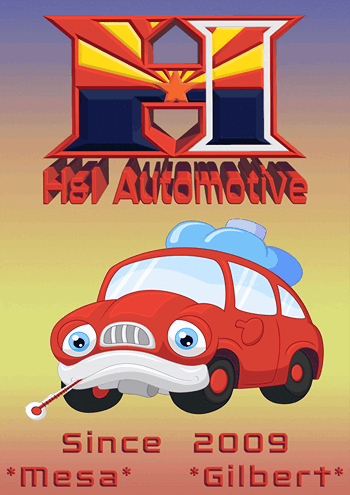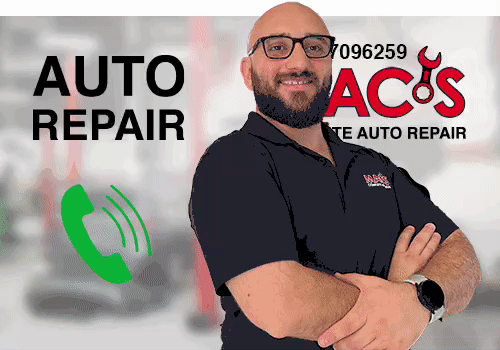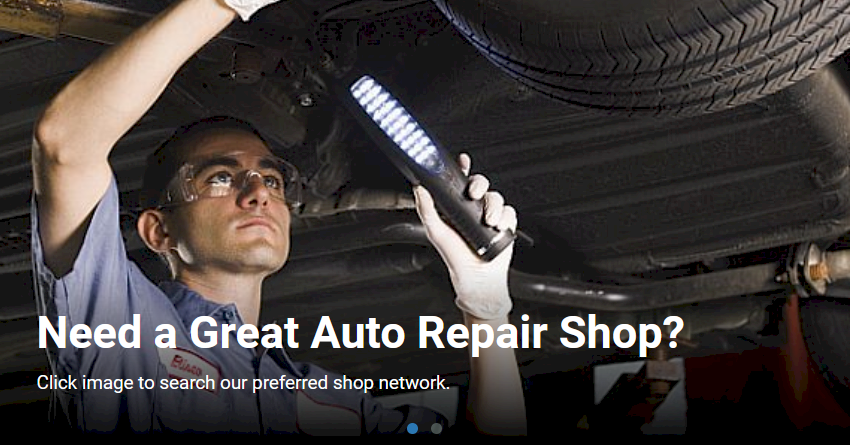
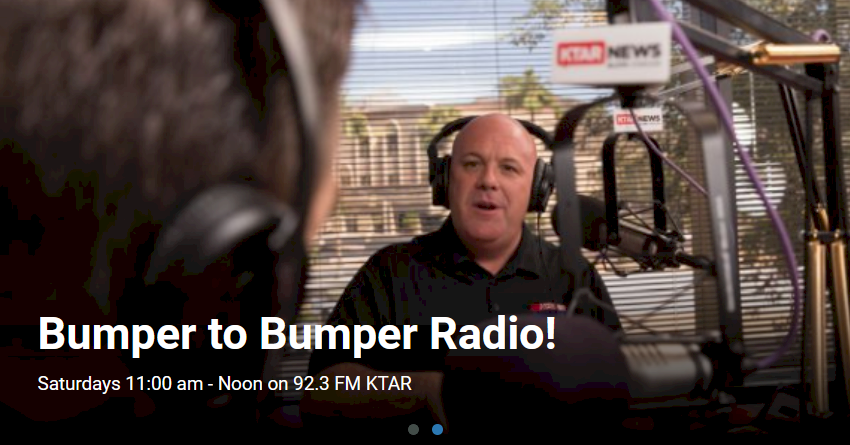
Welcome to Bumper to Bumper Radio!
Drive in anxious and cruise out confident with the best automotive information for your vehicle! Tune in to KTAR News 92.3 every Saturday from 11 a.m. to noon as Matt Allen helps listeners with their car problems. The show call in number is 602-277-5827.
Latest News From Bumper to Bumper Radio
Consumers have leveraged the changing of the clocks to remember important but infrequent tasks like replacing smoke alarm batteries. AAA suggests motorists also use this event as a reminder to check their vehicle for winter readiness.
New fluid technologies and engine designs have combined to reduce the burden of properly maintaining today’s vehicles. Fewer trips to the repair facility, however, may put motorists at risk of missing clues that could head off safety issues or expensive repairs.
“Every vehicle has a unique maintenance schedule, but many automakers are extending service intervals for vehicle fluids,” says John Nielsen, AAA’s managing director of Automotive Engineering and Repair. “Less maintenance improves the cost of vehicle ownership, but fewer visits to the repair facility means the technician will have fewer opportunities to check your vehicle for signs of wear. It’s important for motorists to conduct monthly safety inspections to identify issues before they escalate.”
Examples of new fluid service intervals include:
October is Fall Car Care Month, and the Car Care Council reminds motorists that checking their vehicles before the temperatures drop is a sensible way to avoid being stranded out in the cold and the unexpected expense of emergency repairs.
“The last thing any driver needs is a vehicle that breaks down in cold, harsh winter weather. Winter magnifies existing problems like hard starts, sluggish performance and rough idling,” said Rich White, executive director, Car Care Council. “Whether you perform the check or maintenance yourself or go to the repair shop, it’s a small investment of time and money to ensure peace of mind, and help avoid the cost and hassle of a breakdown during severe weather.”
The Car Care Council recommends the following Fall Car Care Month checklist to make sure your vehicle is ready for cold winter weather ahead:
ORLANDO, Fla., Oct. 2, 2014 /PRNewswire-USNewswire/ -- Changes in maintenance schedules due to advanced vehicle and fluid technology have changed vehicle service needs. Most motorists manage oil-change services appropriately but miss other critical maintenance items, according to a survey of AAA's nationwide network of Approved Auto Repair shops.
Eighty-eight percent of repair shops find that motorists frequently skip brake fluid service. Other commonly missed items noted by repair providers include proper battery checks (82 percent), transmission fluid maintenance (81 percent), tire maintenance (78 percent) and engine coolant (77 percent).
"The expansion of onboard maintenance reminder systems – which often cover oil-change services – appears to help consumers stay on track with oil maintenance," John Nielsen, AAA's managing director of Automotive Engineering and Repair. "Many important services that are not typically detailed by those systems are often missed by consumers."
In the past, vehicle maintenance needs were relatively simple and consistent across automakers. Today's engineering advancements require less maintenance at less frequent intervals. Examples include oil-change intervals now recommended at 5,000 to 10,000 or more miles, transmission fluids designed to last 100,000 miles and sealed batteries that never need to have fluid added. Even with these advancements, vehicles still require routine services that are important to maintaining the performance and safety of the vehicle.
"Poor maintenance of brake fluid is a critical safety concern. All brake fluid attracts moisture, which can cause the fluid to perform poorly. Lack of maintenance can lead to contaminated fluid, corroded parts and increased stopping distance," says Greg Brannon, AAA's director of Automotive Engineering. "Motorists may not be aware of maintenance requirements for brake fluid, or their vehicle's manufacturer may not recommend a specific interval for replacing the fluid."
BOSTON, Oct. 7, 2014 /PRNewswire/ -- The U.S. pedestrian population is on the rise, increasing by 24 million people between 2005 and 2010 (Center for Disease Control and Prevention). With 4,302 pedestrian fatalities reported in 2010 (National Highway Traffic Safety Administration), protecting the walking masses is an important issue. In an effort to raise awareness and identify best practices for keeping pedestrians safe, Liberty Mutual Insurance released the Liberty Mutual Insurance Pedestrian Safety Index, ranking America's 15 safest pedestrian cities, based on city statistics and residents' and commuters' perceptions of safety.
Seattle rose to the top of the list as the safest U.S. city for pedestrians. With more than 108,000 residents commuting on foot or by public transportation each day, the city has less than 10 pedestrian fatalities each year. These impressive statistics are likely the result of a number of safety programs the city has put in place in recent years. From the "Safest Route to School" Program, which keeps the youngest Seattleites safe with 501 new crosswalks, improved school walking routes and school zone speed cameras, to the "Be Super Safe" campaign aimed at eliminating dangerous driving behaviors, Seattle has made pedestrian safety a top priority. Seattle residents agree, with 96 percent of those surveyed reporting feeling that the city is safe for pedestrians and 97 percent saying that the city is proactive in ensuring pedestrian safety.




